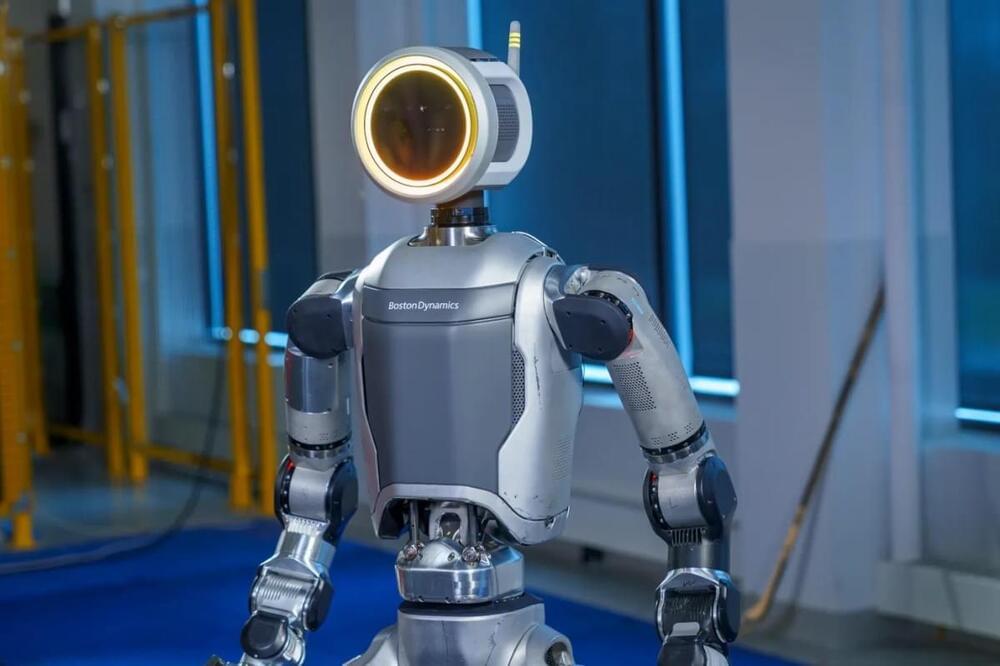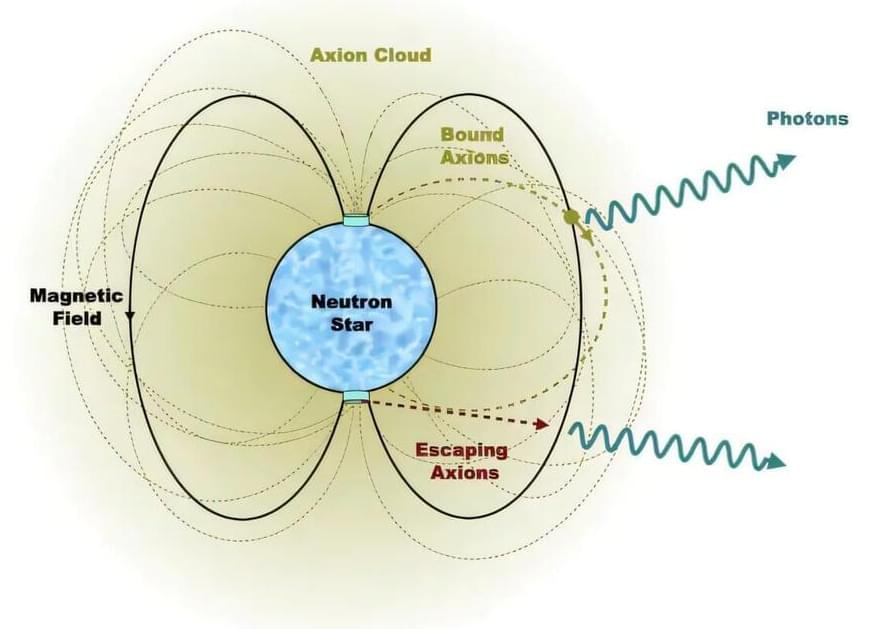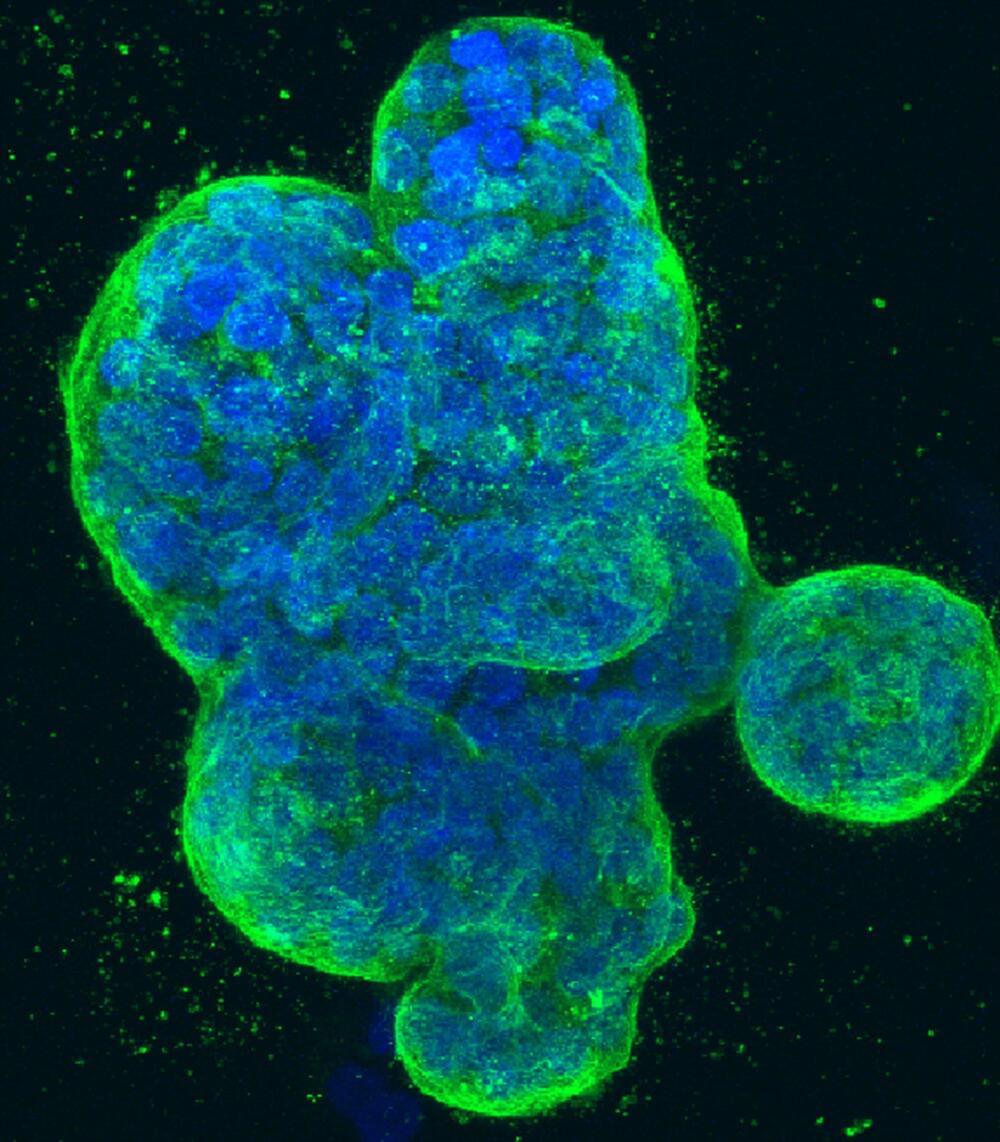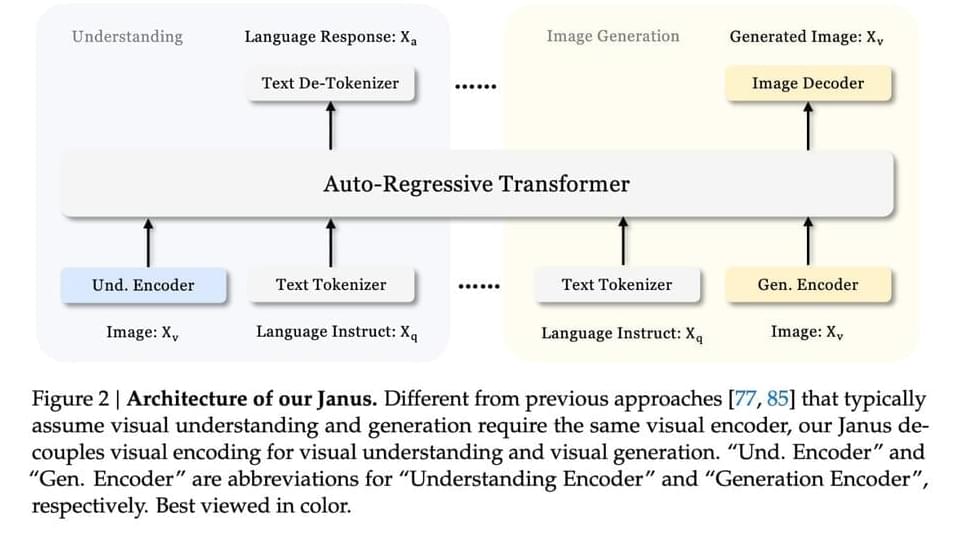Boston Dynamics and Toyota Research Institute (TRI) Wednesday revealed plans to bring AI-based robotic intelligence to the electric Atlas humanoid robot. The collaboration will leverage the work that TRI has done around large behavior models (LBMs), which operate along similar lines as the more familiar large language models (LLMs) behind platforms like ChatGPT.
Last September, TechCrunch paid a visit to TRI’s Bay Area campus for a closer look at the institute’s work on robot learning. In research revealed at last year’s Disrupt conference, institute head Gill Pratt explained how the lab has been able to get robots to 90% accuracy when performing household tasks like flipping pancakes through overnight training.
“In machine learning, up until quite recently there was a tradeoff, where it works, but you need millions of training cases,” Pratt explained at the time. “When you’re doing physical things, you don’t have time for that many, and the machine will break down before you get to 10,000. Now it seems that we need dozens. The reason for the dozens is that we need to have some diversity in the training cases. But in some cases, it’s less.”









